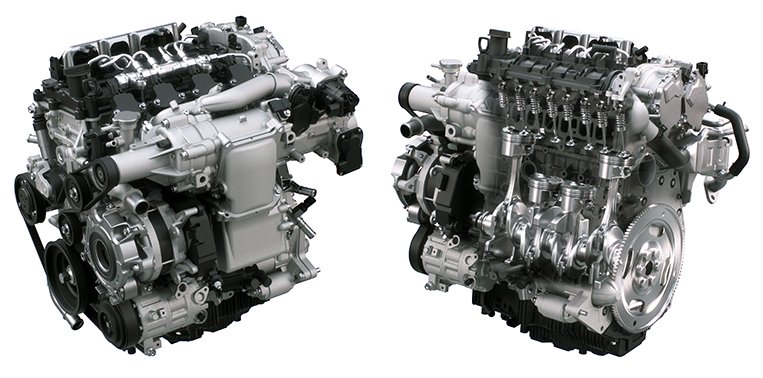
The future of motoring is electric, or so it seems—with more and more auto manufacturers joining the bandwagon each year with their respective interpretation of what tomorrow’s automobile is going to be like. Practically every mainstream mass-market carmaker has either an alternative fuel, a hybrid electric or a plug-in electric of some sort on the way, if not already on the market. It does seem like the days of what greenies refer to as the “infernal-combustion” engine are slowly coming to an end.
Mazda, however, isn’t quite ready to throw in the towel just yet, despite being one of the smaller car manufacturers globally. Being small does have its advantages, like being able to do things that would get bogged down in a larger organization.
The best examples would be the Skyactiv-G and the Skyactiv-D, where the boundaries of fuel economy and efficiency were pushed beyond the status quo. With the former, a static engine compression ratio of 14:1 (the highest compression ratio in petrol engines ever), ingenious combustion temperature control, and a host of other innovations contributed to its success. With the latter, a reduced 14:1 compression ratio to eliminate nitrogen oxides and do away with post-combustion particulate treatment, multi-hole piezo injectors, and two-stage turbochargers helped deliver the goods.
Not one to rest easy, Mazda has further pushed the internal-combustion engine performance envelope by recently making public its latest development, the Skyactiv-X gasoline engine. Scheduled for commercial production in 2019, this next-generation engine raises the bar even higher by making homogeneous charge compression ignition (HCCI) possible with some outside-the-box creative engineering. That’s right: Mazda has achieved the long-sought-after HCCI process for petrol engines, and is putting it into production.
Not one to rest easy, Mazda has further pushed the internal-combustion engine performance envelope
Current modern gasoline engines use a 14.7:1 stoichiometric air-fuel ratio (meaning 14.7 parts of air is needed to consume one part of petrol) to achieve perfect combustion and minimize tailpipe emissions with the use of catalytic converters. With HCCI, the air-fuel ratio is different. It can be—as in the case of Mazda’s Skyactiv-X—up to 30+:1 or anywhere in between. That’s more than double the amount of air for each part of fuel. It goes to follow that more air equates to less fuel used. Wonderful, isn’t it?
But it’s not that simple in a real-world setting. For HCCI to occur, the conditions have to be just right. This means that the necessary temperature and pressure within the engine for combustion to happen have to be ideal each and every time a cylinder needs to fire, regardless of engine speed, load or throttle position. And it has to be timed just right for the engine to make the power that it needs to. Therein lies the problem that has made HCCI unachievable since its inception—getting conditions right to initiate combustion, and making appreciable power all the time.
Until now with Mazda’s Skyactiv-X, that is.
Mazda hasn’t released all the details on exactly how it has gone about achieving this technological feat, but let’s decipher the cleverly written press information to figure out how the company has made it work.
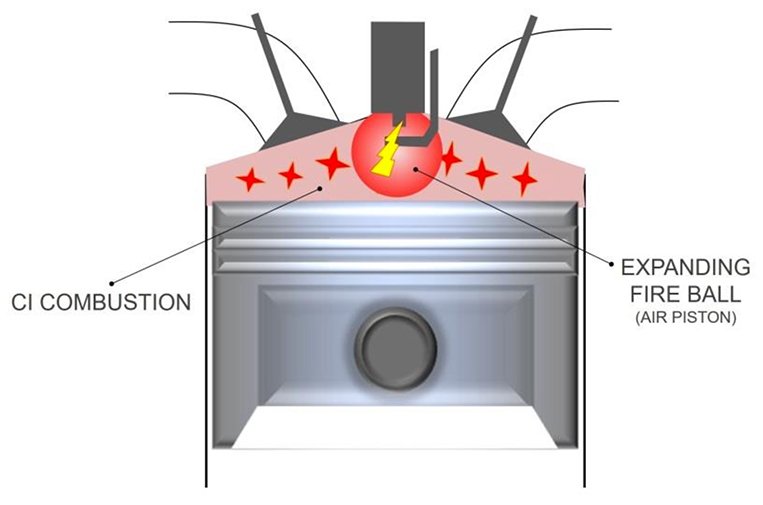
First, Mazda’s not calling it HCCI. And rightly so, as the Skyactiv-X still has a spark plug. They’re calling it SPCCI. It stands for Spark-Controlled Compression Ignition. Acronyms are such a mouthful, so let’s just call it “Sparky” (SparCCI, get it?) instead. The spark plug is there to initiate a smaller combustion event, which in turn is used to raise the combustion chamber pressure and temperature to enable HCCI combustion. Much like an unwelcome and ill-timed pre-ignition event will raise the cylinder pressures in a more conventional motor. In the case of Sparky, the increase in combustion chamber pressure and temperature is intentional and necessary for HCCI to occur.
The implementation is actually very elegant. No longer will the HCCI combustion be unpredictable (and left unpredictable) being at the mercy of numerous variables; instead, it can now be achieved with regular frequency, on demand.
To keep those variables in check, Mazda starts off with an in-cylinder sensor (presumably a pressure sensor) to determine what’s going on in the combustion chamber. It has to be always within the right range to ensure that what’s going to occur in the combustion chamber is what should be happening when the spark plug fires, and does not result in overly high cylinder pressures that cause the engine to self-destruct.
Combustion chamber temperature and air-fuel ratio mixture appear to be kept in check by a draconian monitoring of the inlet, exhaust gas and post-charge air cooler temperatures; tailoring the combustion chamber conditions to the desired state with the use of dual-stage fuel injection and EGR gas injection; and varying the valve opening event and air volume. Yes, you inferred correctly: The Skyactiv-X is supercharged and intercooled. Mazda calls it a high-response air supply in the press material, but the components at the front of the engine bear an uncanny resemblance to a belt-driven supercharger with a fluid-to-air intercooler. There’s also what appears to be a bypass for the supercharger—which all makes sense when you dwell upon how the air-fuel ratio needs to be rapidly manipulated to ensure that the best possible conditions for HCCI occur.
There’s also what appears to be an EGR gas cooler visible on the transmission side of the Skyactiv-X engine, confirming how extensively Mazda is monitoring all possible parameters to ensure successful Sparky.
The Sparky process itself is best visualized with the aid of Mazda’s official video.
The video illustrates how the low-in-fuel or “lean” homogeneous air-fuel charge is introduced into the combustion chamber during the intake cycle. Additional fuel, while not visible but described in the press material, is introduced just before the spark plug fires. The amount of fuel is going to be of appropriate quantity to ensure that the resulting mini combustion event will be sufficient to raise cylinder pressures and temperatures to the correct levels for HCCI to occur. It also explains why doubling the air-fuel ratio will not necessarily double the fuel economy figures in the Skyactiv-X-equipped Mazdas. That, and the fact that the Skyactiv-X is supposed to switch to conventional spark-fired combustion as engine load and driving conditions call for it. That last part should be interesting to enterprising individuals in the aftermarket industry.
Mazda’s SPCCI technology proves that the internal-combustion engine won’t be going away anytime soon. One might say, “If the mountain won’t come to Mazda, then Mazda must go to the mountain.” In this case, Mazda just outright flattened the mountain.

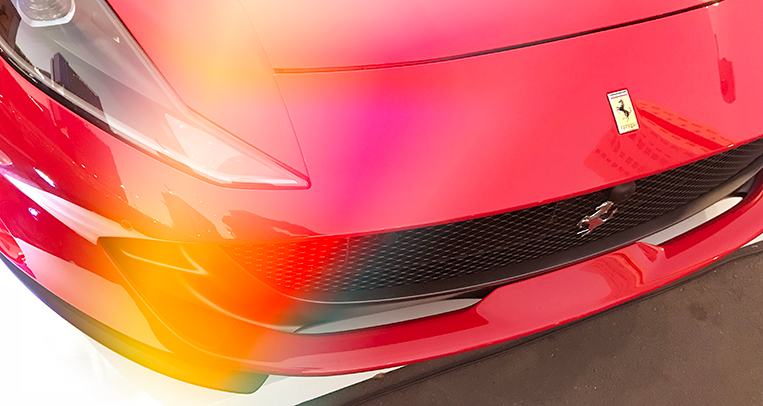

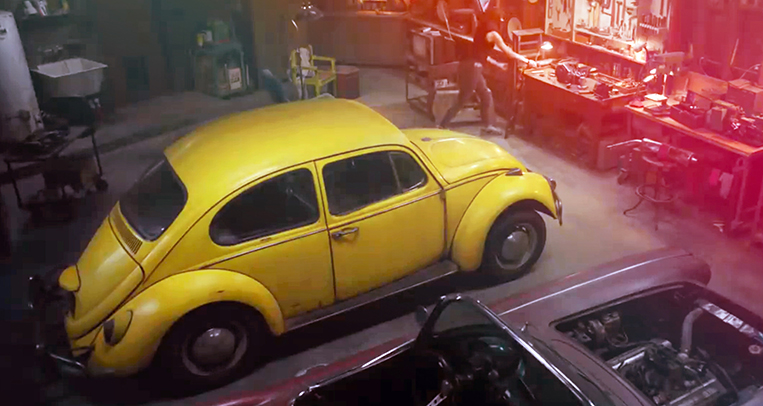
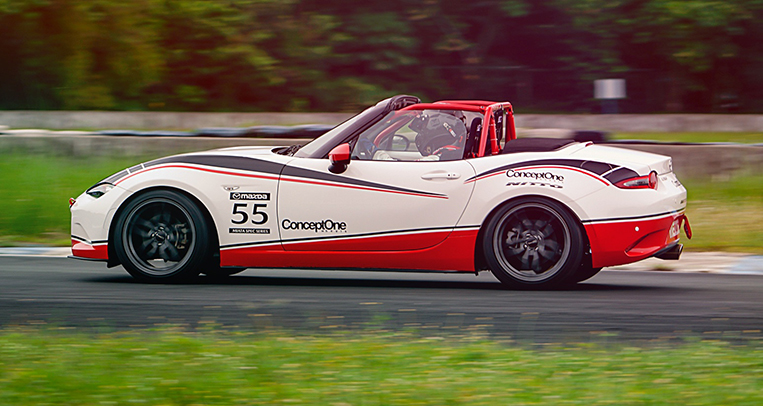






Comments